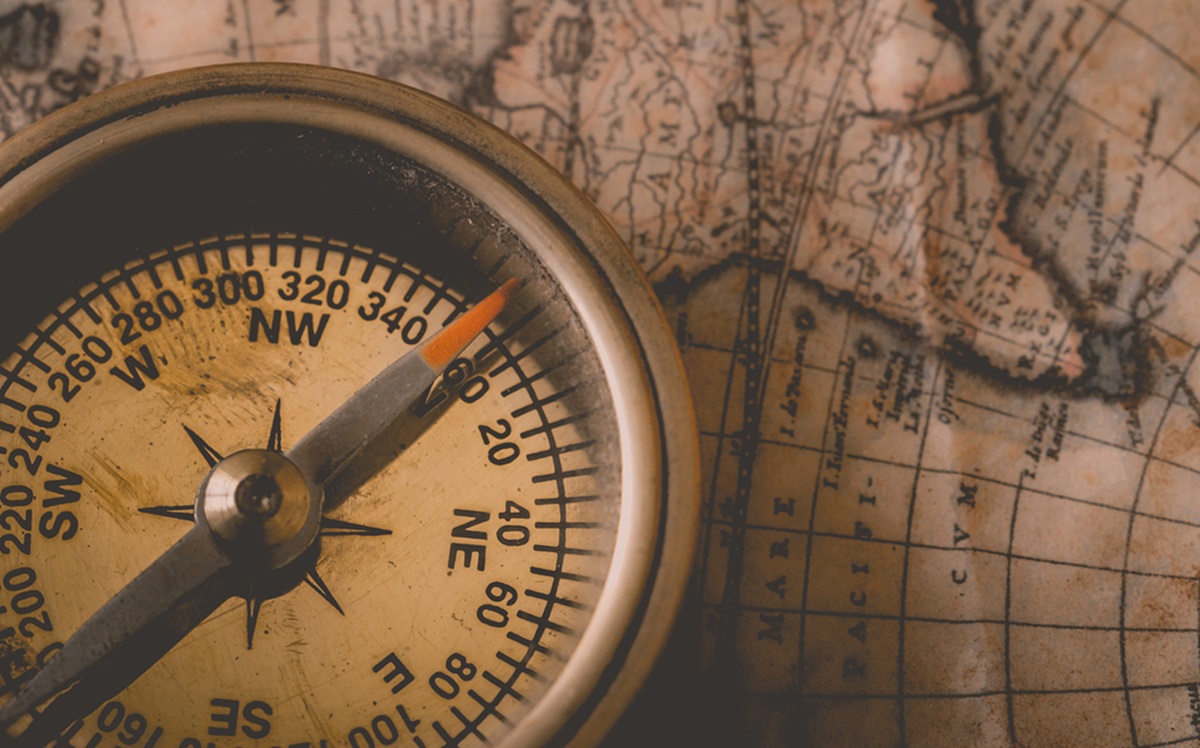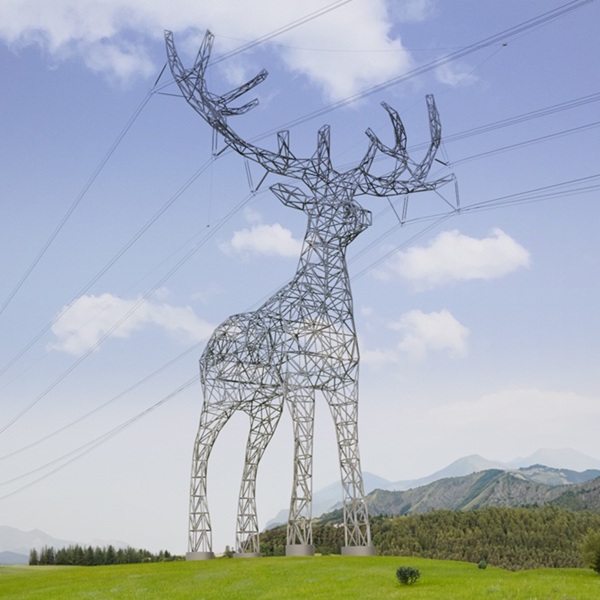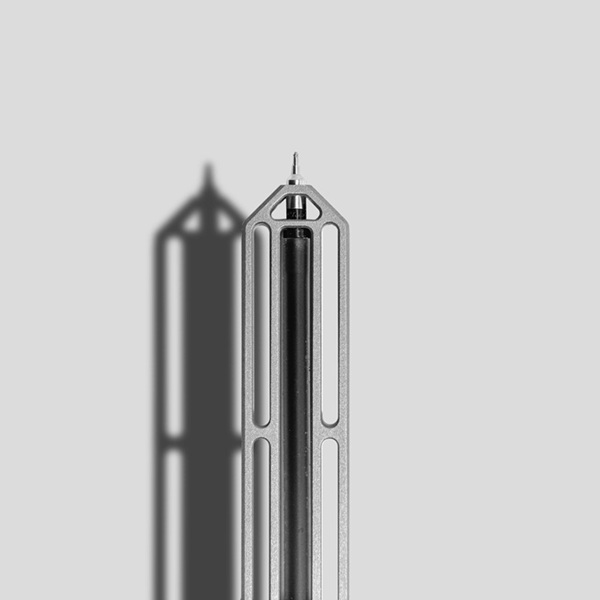
Most of the time, we do not need a physical map or a compass to find our way. But as a camper, you will be in the mountains where it might be difficult to get a phone signal. Therefore, even if it is the digital age, you should know how to navigate with a compass and a map.
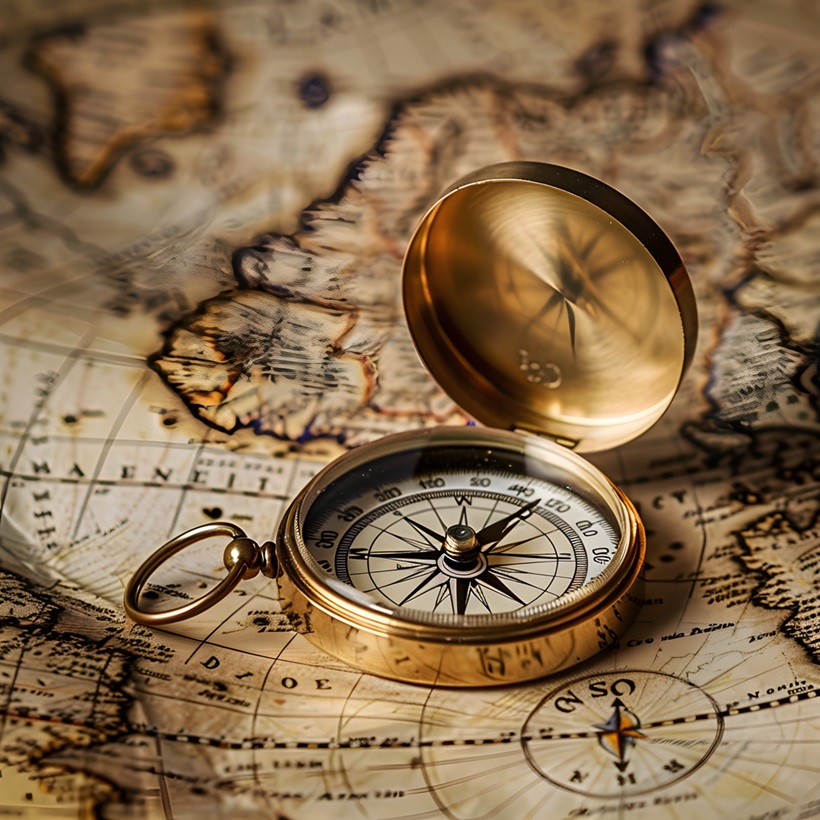
Even if you have your phone signal and internet, sometimes GPS devices and smartphones can fail due to technical problems. That is when traditional tools like a map and compass become lifesavers. We assume you do not know how to find your way by using a map and a compass. This guide is for you!
Why Do I Need a Compass?
A compass is a must-have tool if you are an outdoor enthusiast. Because when trails are unmarked or signs are missing, a compass helps you stay on course. In dense forests or mountainous regions where landmarks are hard to spot, it keeps you oriented.
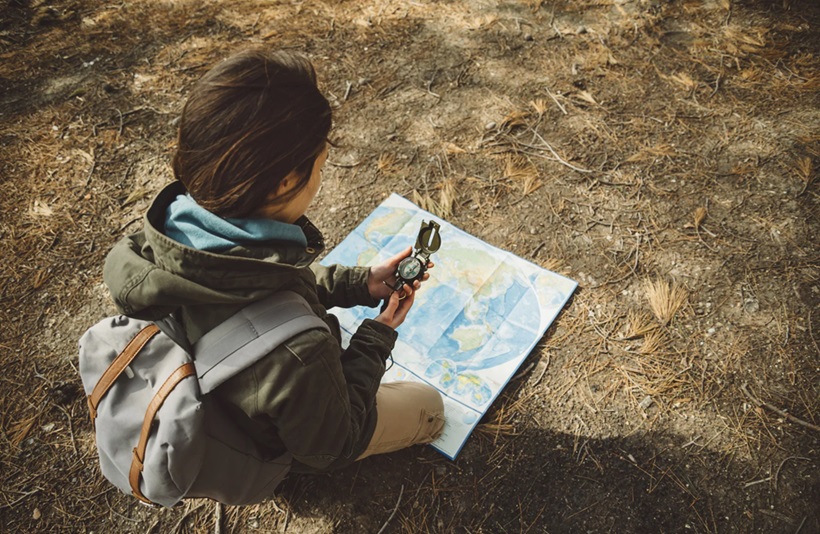
In addition, fog, heavy rain, or snow can limit visibility. Your compass will not fail you. On the other hand, if you accidentally stray off your map, a compass will help you realign and find your way back. Simply put, when hiking on the trails, it is essential to learn how to navigate with a compass and a map.
Features of a Compass
To truly master how to navigate with a map and a compass, you need to understand essential features of a compass. Each component plays a crucial role in accurate navigation and direction finding in the outdoors.

Magnetic needle: Always points to magnetic north, guiding your orientation.
Baseplate: Transparent and marked, helps align with map details.
Ruler and scales: Measure distances on various map types.
Direction of travel arrow: Indicates the path you should follow.
Rotating bezel (azimuth ring): Used to set and read bearings.
Orienting lines and arrows: Align your compass with map grid lines.
How to Use a Compass
To be free and confident in the woods, you should master how to navigate with a compass and map. We have summarized the steps for you.

Understand the Parts of Your Compass
Before using a compass, you should familiarize yourself with its components. The magnetic needle always points to magnetic north. As mentioned above, the baseplate has rulers and scales for measuring. The rotating bezel helps you set directions, and the direction of travel arrow shows which way to go.
Orient Your Map
Lay your map on a flat surface. Place your compass on the map and rotate both together until the north on the map lines up with the needle’s red end (magnetic north). This aligns the map with the terrain around you, giving you an accurate understanding of your surroundings.
Identify Your Location
Before you can navigate, you need to know where you are on the map. Look for landmarks, trails, or other geographic features that match what you see around you. Once located, mark your current position on the map.
Determine Your Destination
Using a straight edge (like your compass baseplate), draw a line connecting your current location and your destination on the map. This is your intended route, and you’ll use the compass to follow it precisely.
Align Compass with a Map
Place the compass on the map so the edge of the baseplate aligns with the line you just drew. Make sure the direction of the travel arrow is pointing from your current location toward your destination.
Rotate the Bezel
Turn the compass bezel until the orienting lines and arrow inside the bezel align with the map’s north-south grid lines. Ensure the orienting arrow points north on the map. You’ve now set your bearing.
Take the Compass Off the Map
Hold the compass in front of you at waist level. Turn your body until the magnetic needle aligns with the orienting arrow inside the bezel (red in the shed). Now, the direction of the travel arrow points exactly where you need to go.
Follow the Bearing
Move in the direction indicated by the arrow, checking your compass frequently to ensure you stay on course. Use visible landmarks to keep your line straight and avoid veering off the path.
Adjust for Obstacles
If you encounter an obstacle like a river or cliff, take note of your current location and find a detour. After bypassing the obstacle, use the map and compass to realign with your original bearing.
How to Know Exactly Where You Are?
Yes, you know how to use a compass. But the most important thing, we think, is to know exactly where you are. If you cannot identify your location, even the best compass will not help you.
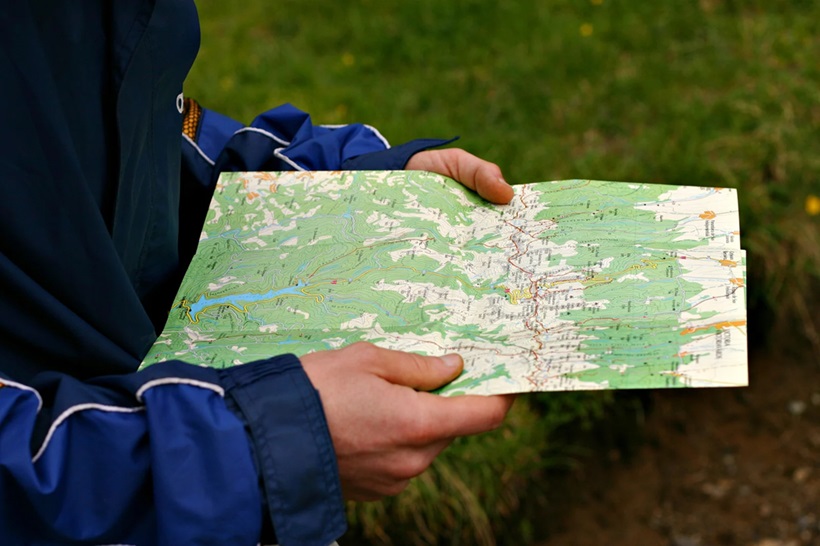
Observe Your Surroundings
Start by looking around carefully. Identify visible landmarks such as mountain peaks, lakes, rivers, large rock formations, trail intersections, or even man-made structures like cabins or bridges.
Compare Landmarks with the Map
Take your map and look for the landmarks you’ve observed in real life. A map is a scaled-down, symbolic version of the terrain around you, so identifying just two or three prominent landmarks can significantly narrow down your possible location. Use natural orientation—north is always at the top of most maps.
Use Terrain Features for Triangulation
If you can spot two or more known landmarks, you can use a method called triangulation to find your position. Here’s how:
Point your compass at the first landmark and rotate the bezel until the needle lines up with the orienting arrow.
Note the bearing (degrees) and draw a line on the map from the landmark in the reverse direction of that bearing.
Repeat this process for the second (and third, if possible) landmark.
Where the lines intersect is roughly your current location.
Match Trails and Junctions
If you’re hiking on a trail, look for junctions, bends, elevation changes, or other unique features. Compare your surroundings with your trail map to pinpoint your location. Trail signs, bridges, stream crossings, or switchbacks are often reliable indicators.
Mark Your Position
Use a pencil or pen to mark your current location on the map. Now that you know where you are, you can proceed to plan your route and set a bearing using the compass.

